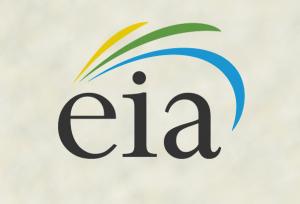Residential Electric Usage Has Fallen Steadily Since 2010

According to data released by the U.S. Energy Information Administration (EIA) last week, sales of electricity to residential consumers have fallen steadily since 2010 in terms of both absolute and per capita consumption.
The EIA attributed much of that decline to energyefficiency measures as well as economic factors. The agency's report states that annual residential electricity sales declined overall by about 3% while the drop on a per capita basis was more dramatic, at 7%.
The EIA said that in some states, primarily in the South, double-digit decreases in residential electricity use were recorded in 2016 compared to 2010. The EIA theorized that the difference was due to milder weather that caused consumers to draw less power.
The EIA observed that some states, such as Massachusetts and Rhode Island, have made a concerted effort to promote energyefficiency improvements, spending on average about $18 per year per person.
Requirements that appliances and other equipment installed in newly constructed homes also accounted for some of the reduction in residential consumption, the EIA added. It conveyed that even seemingly small modifications, like changing from incandescent lamps to compact fluorescent lamps (CFLs) and light-emitting diodes (LEDs) can contribute to significantly lower usage. Underscoring that conclusion, the EIA pointed out that whereas 58% of all residential premises had at least one energy-efficient lamp in use in 2009, the proportion of households using CFLs and/or LEDs had risen to 86% by 2016.
The EIA commented that nearly 20% of respondents participating in a nationwide survey claimed to have not a single incandescent bulb in use in their homes.



